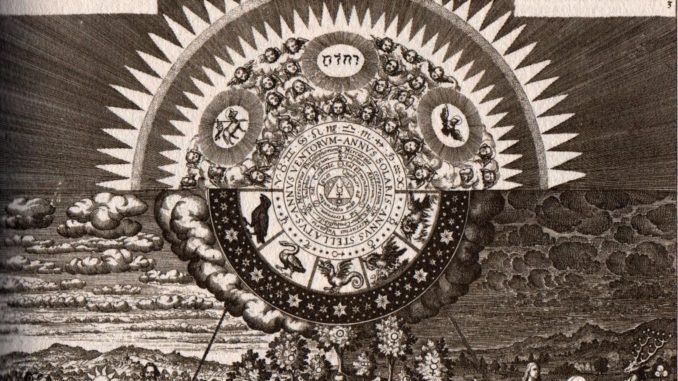
“We seldom realize, for example that our most private thoughts and emotions are not actually our own. For we think in terms of languages and images which we did not invent, but which were given to us by our society.”
― Alan W. Watts
In a world with many existing sub-groups living together, it’s often hard to notice trends accurately and dissect the modus operandi of the populations. There are too many factors to account for, and too much information to go through.
What we mean here by world can be narrowed down to something that affects us directly, something consequential: western civilization; from Europe, to North America, to Australia.
However, even this scale is too grand, too unspecific, and generates a titanic amount of information. Why bother studying complex systems when we have something that is not only simpler, but also more familiar to us?
That thing we have is the furry fandom, and its existence is convenient for an array of reasons, starting with the fact that its relevant history spans barely half a century, that it has a more centralized information gateway, and, in addition to its size, is even closer knit together due to an elevated love for drama: rumors travel fast, but in the fandom, even faster.
It’s also a simplified representation of the world surrounding us, where celebrities have been replaced with popular artists and organizers, and social status has been replaced with the extent to which we can afford the expression of our virtual identities.
Those identities, colloquially known as fursonas, can be seen as idealized versions of ourselves, more often than not bordering on the Mary Sue archetype. They are expressions of not just who we would like to be, but a manifestation of what we perceive as our own flaws, compensated for with our concept of what is desirable; a concept that has been established not in an individual manner, but through passive societal pressure.
It is therefore essential for us to first understand the behavioral patterns within the fandom before attempting to make sense of what we see outside of it. This sub-culture, after all, still displays much vigor as a consequence of its youth, and mimics, although not accurately, the development of a newly-born society.
We wouldn’t say it is an exaggeration either, since it is constituted of a number of in-groups rather than being one itself, and features population dynamics that are far from simplistic. It also has its own standards of beauty, decency, acceptable behavior, and other elements that define a culture. It does not yet have its own language, but has developed a slang, and steadily generates memes.
The reason why the fandom’s culture diverges from that of a furry’s real demographic is complex, and can be attributed to a number of things, many of which are unflattering, but that consistently result in the distancing of the furson (kill me) from their native culture. This is an issue that will be explored later on and deserves its own article, but is still worth mentioning in the context of a society developing within a society.
Thankfully, the fandom is also, by extension, not an isolated system either. It is affected by (inter)national trends, and reacts to events outside of itself. Thus a fandom the primary vice of which was unconditional tolerance has split itself into multiple factions following a worldwide shift in the way we’re treating politics.
We are no longer limited to the manifestation of people’s behaviors in real life within a given society. We now also have a model of people’s behaviors in virtual life within a given society, and one could argue that under the veil of pseudonymity, it is a truer representation than what we’ve had before the internet.
The furry fandom is, in essence, a peculiar combination of what one would euphemistically call “creative individuals”, and it is due to this condition that they are more than just a sub-culture: they are a microcosm largely unavailable to the public at large, the analysis of which leads to a further understanding of what it means to be an individual bound to a group.

Leave a Reply